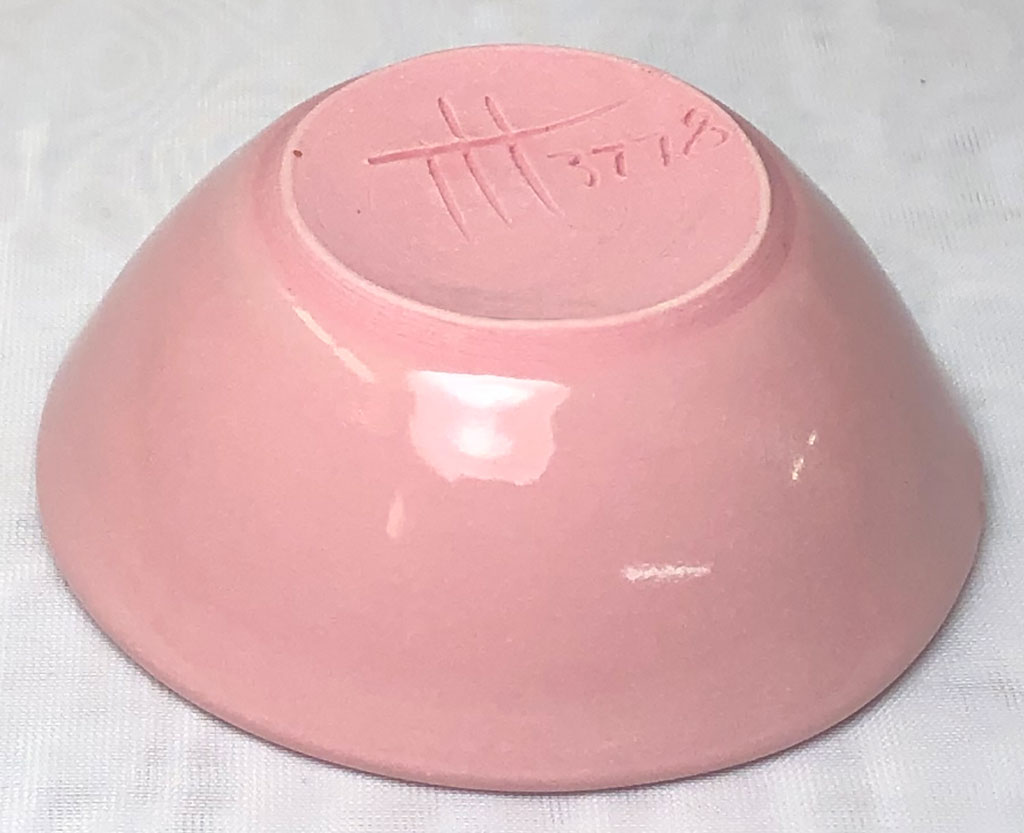| Monthly Tech-Tip | No tracking! No ads! | |
Stain 6020
Description: Pink (MnAl)
| Oxide | Analysis | Formula | Tolerance |
|---|
| Materials |
Stain
|
| Typecodes |
Colorant
Metallic based materials that impart fired color to glazes and bodies. |
| By Tony Hansen Follow me on        |  |
Got a Question?
Buy me a coffee and we can talk

https://digitalfire.com, All Rights Reserved
Privacy Policy

